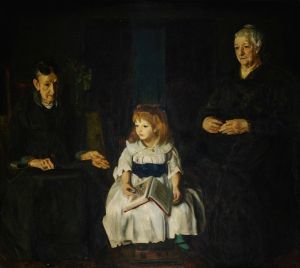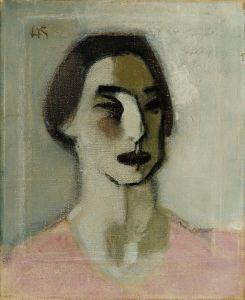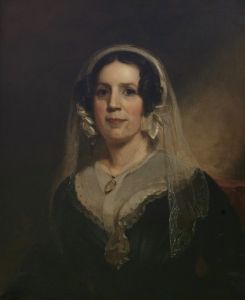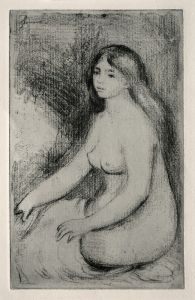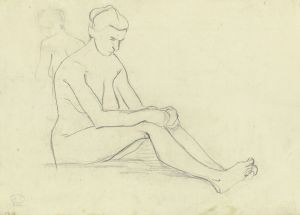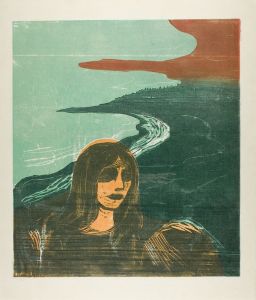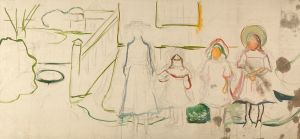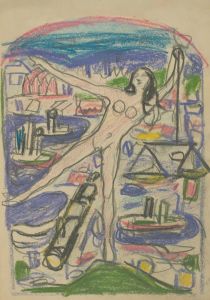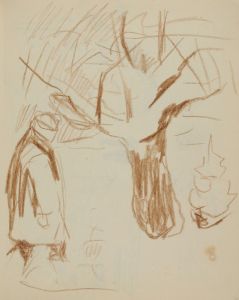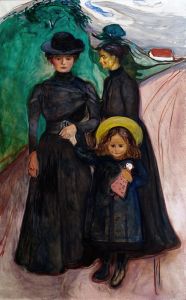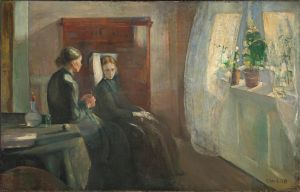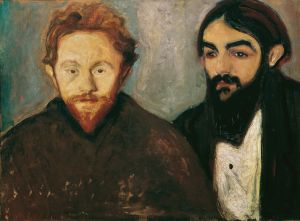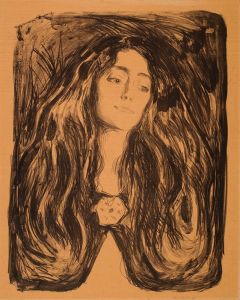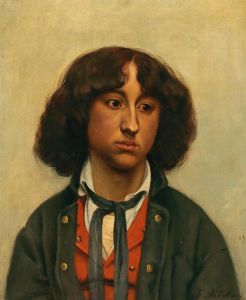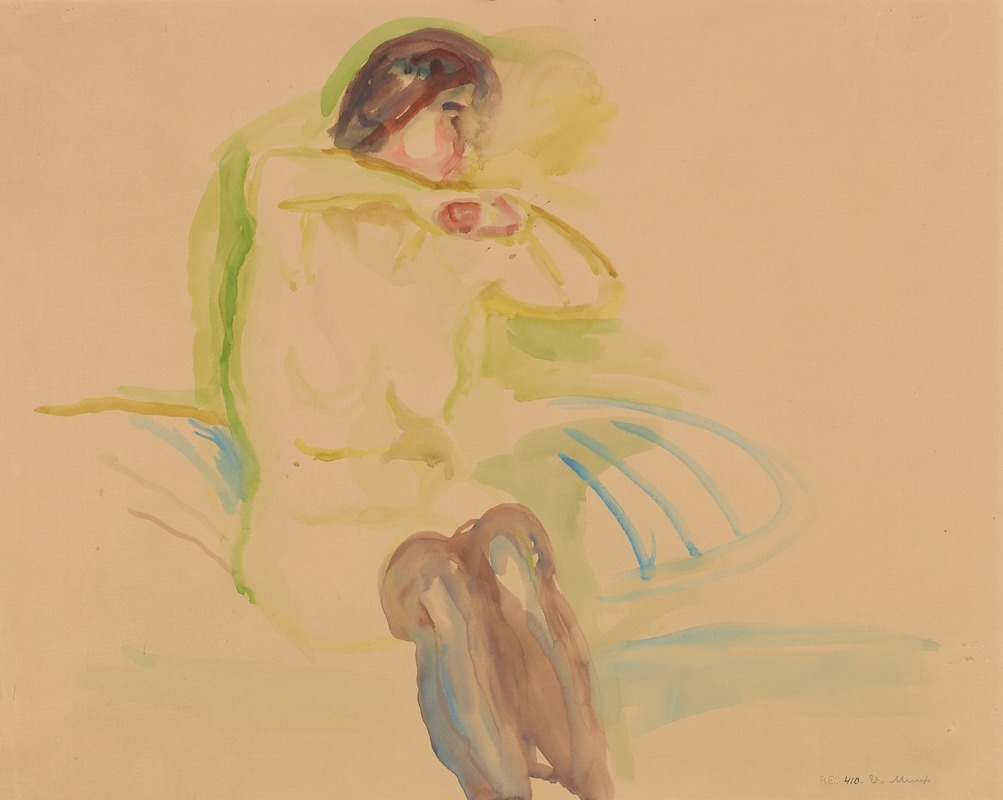
Sittende kvinneakt
A hand-painted replica of Edvard Munch’s masterpiece Sittende kvinneakt, meticulously crafted by professional artists to capture the true essence of the original. Each piece is created with museum-quality canvas and rare mineral pigments, carefully painted by experienced artists with delicate brushstrokes and rich, layered colors to perfectly recreate the texture of the original artwork. Unlike machine-printed reproductions, this hand-painted version brings the painting to life, infused with the artist’s emotions and skill in every stroke. Whether for personal collection or home decoration, it instantly elevates the artistic atmosphere of any space.
Edvard Munch, a renowned Norwegian painter and printmaker, is best known for his emotionally charged works that explore themes of love, anxiety, and mortality. Among his extensive body of work, the painting titled Sittende kvinneakt (translated as Seated Female Nude) is one of his many depictions of the human figure, a recurring subject in his art.
Sittende kvinneakt portrays a seated female nude, a theme that Munch explored frequently throughout his career. The painting reflects Munch's characteristic style, which often combined expressive brushwork, bold colors, and a focus on emotional intensity. His approach to the human form was not strictly naturalistic; instead, he sought to convey deeper psychological and emotional states through his figures. This work exemplifies his interest in the vulnerability and complexity of the human condition.
The exact date of Sittende kvinneakt is not definitively documented, but it is consistent with Munch's broader exploration of the nude figure, which spanned much of his career, particularly in the late 19th and early 20th centuries. Munch's nudes often served as a means to explore themes of intimacy, sensuality, and existential reflection, aligning with the Symbolist movement's focus on inner experience and emotion.
Munch's art was deeply influenced by personal experiences and the cultural context of his time. His works often reflect his struggles with illness, loss, and relationships, as well as the broader existential concerns of modernity. While Sittende kvinneakt does not appear to be tied to a specific narrative or event in Munch's life, it fits within his broader exploration of the human psyche and the complexities of human relationships.
The painting is part of Munch's extensive oeuvre, which includes iconic works such as The Scream, Madonna, and The Dance of Life. While Sittende kvinneakt may not be as widely recognized as some of his other pieces, it contributes to the understanding of Munch's artistic development and his approach to the human figure.
As with many of Munch's works, Sittende kvinneakt has been exhibited in various galleries and museums, particularly in Norway, where much of his art is preserved. The Munch Museum in Oslo houses a significant portion of his works, providing insight into his artistic legacy and the themes that defined his career.
This painting, like much of Munch's work, continues to be studied and appreciated for its emotional depth and innovative approach to form and color. It remains an important example of his contribution to modern art and his ability to capture the complexities of human experience.





